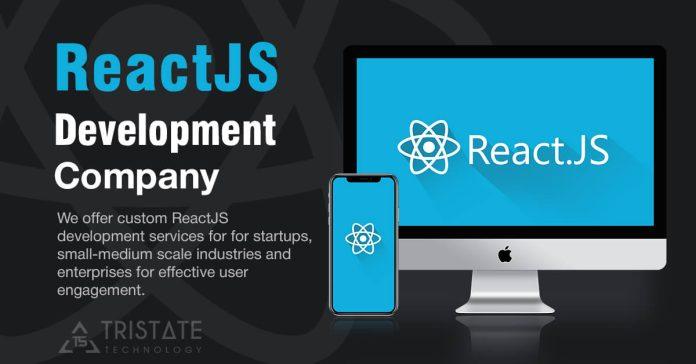Each entrepreneur ought to have a space name and site — they are the underpinning of your image and your technique to speak with expected clients.
Your space name and site are one of the essential ways that individuals track down your business, find what items and administrations you offer, find your contact subtleties, and even execute business with you (internet business exchanges).
You should host a straightforward website because you are just beginning your business and don’t anticipate a lot of traffic. You can do that in Google Cloud, which makes the cycle exceptionally speedy, simple, and modest.
We will look at four tools in this article that, depending on your requirements with the help of full stack development services, can help you scale your website from small to large. Along these lines, read on!
What You’ll Learn
Prerequisites: Knowledge of the fundamental concepts and constructions of Google Cloud, including how to identify the product names, is a prerequisite.
Step By Step Instructions To Make Sites On Google Cloud
At an undeniable level, there are four recipes to fabricate a site or an application on Google Cloud. One of these options should meet your requirements, depending on your business requirements, where you are in your journey with Google Cloud, and the maturity of the development and infrastructure team.
- Cloud storage from Google
Static sites are a decent choice for locales like online journals — where the page seldom changes after it has been distributed, or where there isn’t any progressively produced content. A cloud storage bucket linked to your domain name is all you need to set up a static website on Google Cloud!
It’s possible that you’ll need to generate dynamic content and enable payments as your business begins to mature and customers become interested in making purchases from your website. Yet, assuming that your organisation is still little, you need to have the option to develop your site without stressing over scaling the site in light of the popular expansion.
- Application Motor
In such a situation, Google Cloud’s overseen and serverless contributions like Application Motor or Cloud Run would be well-suited, this permits you to zero in on conveying elements and let Google stress over working and dealing with the foundation. This gives a large number of highlights that make versatility, load adjusting, logging, observing, and security a lot simpler than if you needed to fabricate and deal with the site yourself.
- Cloud Run
Because your application is deployed as a container and Google will seamlessly launch and scale it for you when you use Cloud Run, you can code in any programming language. So check it out!
For sites with higher intricacy, you presumably need a bigger number of choices and control than an oversaw stage offers. It makes sense to use Compute Engine when configuring your servers or virtual machines or when you need specific memory, SSDs, or GPUs.
- Engine for computing
Process Motor gives a hearty figuring framework, however you should pick and design the stage parts that you need to utilise. Google guarantees that assets are accessible, dependable, and prepared for you to utilise, however it depends on you to arrange and oversee them.
Using a compute engine gives you complete control over the systems and unrestricted flexibility. Using Google Cloud Marketplace is the simplest method for deploying a complete web-serving stack on Compute engine. With only a couple of snaps, you can send any of more than 100 completely acknowledged arrangements.
- Google Cloud Commercial centre.
For more point by point clarification of how to set up a Process motor to serve versatile and strong sites, remain tuned for impending articles.
- Engine for Kubernetes.
At last, for a bigger business with additional designers and more muddled issues, it’s a good idea to containerize your application. You will see that it turns out to be truly difficult to oversee highlight roll outs assuming the site is one major stone monument, which makes it hard to stay aware of the expansion sought after and speed of business.
3 Key Benefits of Web Applications
- Componentization: As your application’s plan turns out to be more complicated, compartments are ideal for a help situated engineering, including microservices. This makes it easier to scale.
- Portability: A holder has all that it needs to run — your application and its conditions are packaged together. this works with compactness and fixes the “it-chips away at my-machine” issue that numerous engineers have.
- Fast organisation: Your system is constructed from a set of definitions and images when it is time to deploy, allowing the components to be deployed automatically, reliably, and quickly. Containers are typically smaller and deploy much more quickly than virtual machines.
In the following circumstances, using the Kubernetes Engine makes sense:
On the off chance that you have a convoluted site with various pieces which are in an ideal situation in discrete administrations for simple administration.
On the off chance that there are discrete improvement groups for each assistance so groups can work autonomously at their own speed.
Assuming you want to transport changes rapidly and without any problem.
Conclusion
This should have been helpful in determining which tools within the Google Cloud Platform are suitable for your particular web use case, regardless of whether you are a small blogger looking to expand your community or a large, multi-scale eCommerce site. But you don’t need to worry about all of that because reactjs development company is here with all the solutions to your problems.



